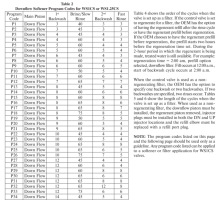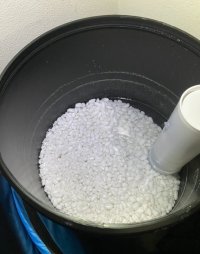Silversaver
Member
I have found a leak between Fleck 7000 head unit and media tank. I figure it is an easy job so I discount the water softener had my wife hold down on the media take while I tighten up the Fleck 7000 unit. I did another quarter turn and figure I might can tighten up a bit more. All suddenly I heard a crack sound.....Now it is a big leak after connection had to bypass the water line. The question is: Is it the head unit internal connector crack or the media tank?
Thanks in advance
Thanks in advance



